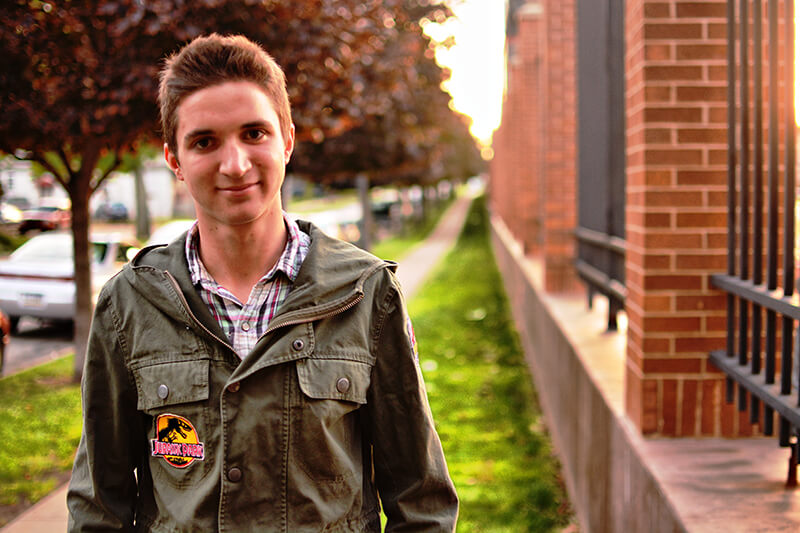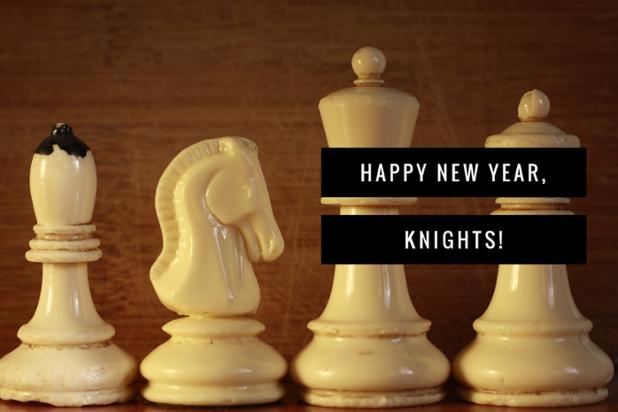
Stand-up comedy looks simple enough when you watch it: you throw together a few jokes, you repeat them on stage, and people laugh. Most people think that they’re funny, even genuinely comedic. However, once you try material out on an actual audience for the first time, you start to realize that you signed up for more than you thought.
Last year, myself and the person most mentioned in all my articles, Aaron, tried our hands at the art of joke telling for the first time at the Hilarity for Charity event at the Knight Club. We were tasked with a grand total of 10 minutes of jokes each. Easy. Well, maybe not that easy.
I found out pretty quickly that a lot of things I find funny involve inside jokes and humor that requires extensive knowledge of the subject at hand. Not exactly broad, crowd pleasing jokes. I needed new material.
Sometimes you just have to tap into your inner 12-year-old. Sometimes you have to write a joke about a mobster pigeon. Yup, that was my big joke that I was banking on carrying my set: an impression of a pigeon shaking someone down in an alley for popcorn. So as you can guess, I was oozing with confidence. I showed up with my jokes memorized and performed what I had.
Turns out that people will indeed laugh at jokes about mobster pigeons. In my focus on funny jokes I abandoned any semblance of eye-contact, or stage presence. I got laughs. I did 10 minutes, but it wasn’t pretty. I almost felt like I was a halfway decent comedian, and that was enough to get a little excited about.
That’s why I was very excited when another comedy event came around at the Knight Club this year. This one was the Fair Trade Comedy Show. The Hilarity for Charity event had featured an actual hired comedian to come in and mop up after amateur hour was over. At this one, we were the main act so there was no backup plan. We had to be funny. We also had to up the time to 15 minutes.
The experience of doing comedy once taught me a few things, the first being that you should definitely try out your jokes on a focus group. That one helped me smooth out some pretty rough bits. All five of us who were performing got together to share our jokes and try ideas out and I was given some great pointers.
The other thing I learned was to not worry about direct memorization of jokes as much as how you present yourself on stage. Know what you’re going to say, but don’t focus on exact phrasing as much. This time I added a little more crowd involvement, paused to take breaths (and bask in some laughter) and tried to be more engaging. It’s still a work in progress but it definitely was a much less stressful situation.
Performing stand-up comedy is a test of your public speaking and self-confidence. You have to be able to speak well and think on your feet and you have to be confident enough to share your dumb humor with other people. You also have to be confident enough to stick with it if a joke doesn’t land exactly how you wanted.
It can be nerve-wracking to let out a punchline and get a negative response. You question whether what you came up with was funny enough and it’s easy to get derailed. Between the first and second time I performed, I learned to just keep rolling even if something doesn’t work.
There will come plenty of times in college where you are given the opportunity to try new things and you may have no clue if you’ll be any good at them. It’s worthwhile to try it out and see where it takes you. I may not ever make a living off of telling jokes, but I know that I can write and perform stand-up fairly well and maybe become even better with practice. That’s good enough for me.
It’s all about self-discovery. Finding new skills or interests by trying things out. It can make you nervous at times but it will also bring you plenty of good moments as well. So leave every door open. Explore some possibilities. Be okay with a little failure, because failing at something you’ve never tried before isn’t really failing anyway. And who knows? You might find something you’re good at.






0 Comments